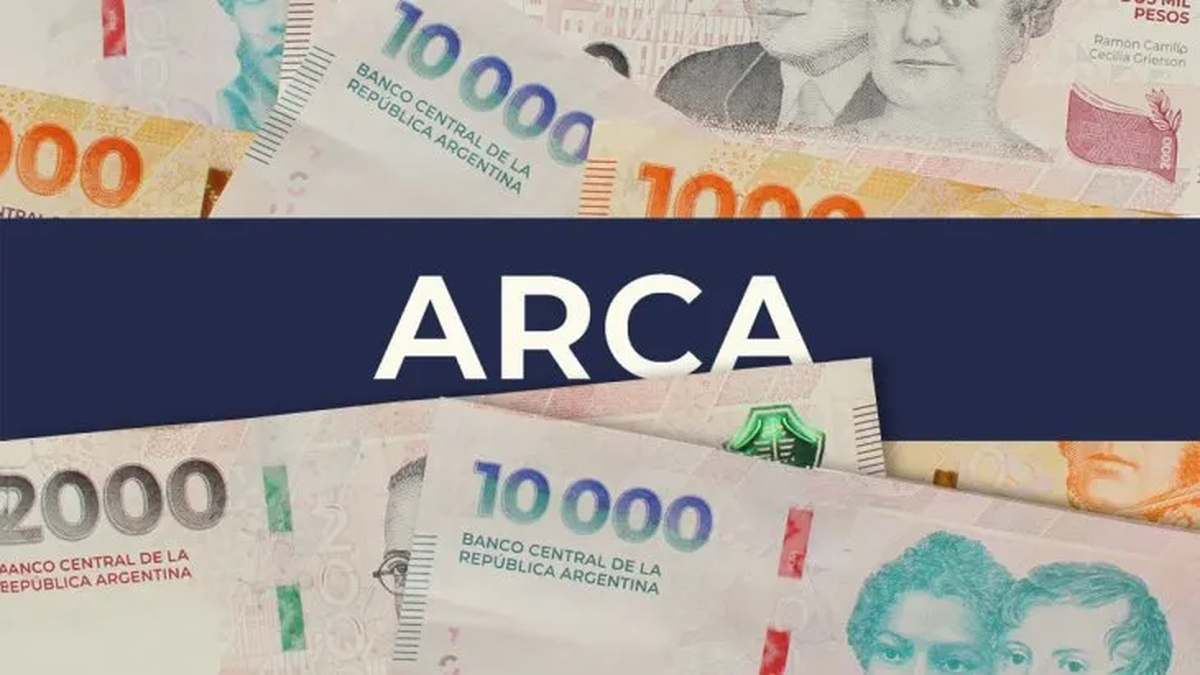In the project under study, they open Two possibilities. One is to extinguish the action with the total payment, but before formulated the criminal complaint; And the other is to extinguish the criminal action up to 30 days after the procedural act by which the criminal imputation that is formulated, with a surcharge of 50% of the total sum of the tax adjustment that includes capital and interest is notified.
In this aspect, the 200% of the debt could increase at least since if article 46 of the procedure law raises the fine up to 6 times the tax stopped entering a 50% surcharge sounds clearly, very little.
Recall that this extinction or release of the criminal case operates only once.
On the other hand, it is proposed that the tax agency will not formulate the criminal complaint if the taxpayer has externalized in a founded and duly justified manner the interpretive and/or technical-contable criteria of liquidation used to determine the tax obligation through a formal presentation before the fiscal body.
And it is also incorporated that, if the taxpayer rectifies or presents the affidavit before the inspection initiated, the Treasury will not make the criminal complaint.
These two incorporations suggest that the decision of the Treasury will be very permeable to make the complaint or possibly the evading taxpayer is much further from the perception of risk that exists today.
Fiscal Procedure Law
On this occasion the amounts of formal fines are raised. There was no doubt that the ridiculous amounts had to be uploaded in the normative text that is not understood how it was not done in the last 10 years.
However, what the project does not present is any modification to the current regime of administrative sanctions of Law 11,683 but in cases of material fines both by omission and/or tax evasion.
In the first place, the value of the fine is not updated or accrued compensation, therefore, any situation of 5 years back, prescription period for the application of fines, is to historical values, which today, for example, a fine that dates back 5 years, the value is insignificant.
On the other hand, it is also not proposed to review the reduction of the material fines of art. 49 of the procedural law that, before the pre-vista, (prior situation to the file to pass to ex officio determinations) it is reduced to ¼ of the legal minimum if the taxpayer rectifies the affidavits and pays the corresponding tax. However, the fine follows its administrative procedure to a reduced value in a quarter of the legal minimum and without update or accrual of compensation.
In relation to the shortening of the prescription deadlines, from 5 years to 3 years, it should sound attractive not only for taxpayers but also for the treasury since in short, it is proposed to generate a faster and more efficient control or verification; However, with the lack of personnel who today counts the administration can hardly meet that goal.
Another extremely critical point is the repeal of art. 65.1 of the procedural law that provides that if the run of a view is within 180 days to prescribe the tribute, there is an extension of the period of 120 more days, for the purposes that the treasury can continue with its adjustment or determination ex officio. This in the cause of the HSBC where the treasury through information exchanges could make fiscal claims and avoid prescription as a result of the extension of the 120 -day period provided by this standard.
In short, we propose that when the fiscal adjustment or claim comes from omitted income from abroad or money laundering maneuvers in foreign jurisdictions does not apply the brief period of 3 years. It is worth mentioning that the law, leaves in the hands of the Executive the possibility of setting in what cases the term is reduced to 3 years and in what cases not; Situation that would be violating the constitutional principle of legality since it will depend on the regulatory decision in which cases a fiscal adjustment is obtained or not.
In relation to the modification of the prescription periods for the provinces in tax matters, it is available
This will undoubtedly bring a questioning of provincial prosecutors and governments, since it is they who should establish the prescription periods and also do not have an inspection system as robust as it is the case of the national administration.
Finally, in terms of prescription it is proposed to reduce the deadlines from 10 to 5 years, for cases of social security and social work. This situation could generate a larger deficit to the existing retirement system, because many cases of inspection where taxpayers are being required who pay their debt of the last 10 years, would be reduced to half. And not only capital but also the interests and updates of the social and autonomous security concept.
Simplified regime for profits
Accessing the simplified earnings regime, where the Treasury will make a declarative proposal by leaving aside the criterion of declarative self will generate a relief in the burden of information that traditionally is requesting the treasury.
However, the accountants do not know if we will remain calm of not verifying any movement not only patrimonial but also of the taxpayer’s personal consumption in the country and abroad.
Anyway, to access said regime the subject can do so if and only three situations are verified concurrently:
- Total income in the last 3 years below 1,000 million pesos, about 270,000 dollars per year.
- A heritage less than 1,000 million pesos, about $ 830,000.
- Not being a great national taxpayer.
A crucial issue that presents the bill is the so -called “presumption of accuracy.” And this refers to the Treasury will only continue a tax adjustment if it detects significant discrepancy.
When is a significant discrepancy? The project establishes that it will be given when at least one of these situations is verified:
- Difference in the adjustment greater than 15% of what was declared by the taxpayer.
- If the difference exceeds the minimum punishability amounts set by the tax criminal regime.
- If the use of apocryphal billing and the taxpayer does not rectify.
Now with this definition many questions arise that the administration surely arises: one is whether the difference in adjustment is 14.99% The treasury will not continue with the adjustment? Can you in your role in your role in disinfecting tax collection an amount that you have already detected? The protection of the protected legal good “tax collection” that then has an impact on public income, and the public expenses and investments that the State must face. Not only nationwide but also at the provincial level as a consequence of co -participation.
Let’s make an extreme example where all adjustments or cases of control are 14.99% and none enters the criminal tax law or is apocryphal invoice. There is a high degree of possibility that the public treasury refinents due to the lack of success in the ongoing inspections.
Another issue what happens with the cases of inspection already open and not yet finished.
As Corollario, the new regime plans to eliminate the figure of the non -justified patrimonial increase of art. 18 Inc F of Law 11,683, if it is not a case of “significant discrepancy.”
That is, if there is a patrimonial variation of value or in the magnitudes, but does not qualify as significant discrepancy, the taxpayer will be exempted from any fiscal adjustment.
Highly risky situation for cases of money laundering.
It is also noted that only the figure of art is included. 18 inc. F: What happens to the other cases of unjustified patrimonial increase of that article 18?
In short, we have many questions about how the application of this regime will be in relation to the issues raised.
Source: Ambito
David William is a talented author who has made a name for himself in the world of writing. He is a professional author who writes on a wide range of topics, from general interest to opinion news. David is currently working as a writer at 24 hours worlds where he brings his unique perspective and in-depth research to his articles, making them both informative and engaging.




